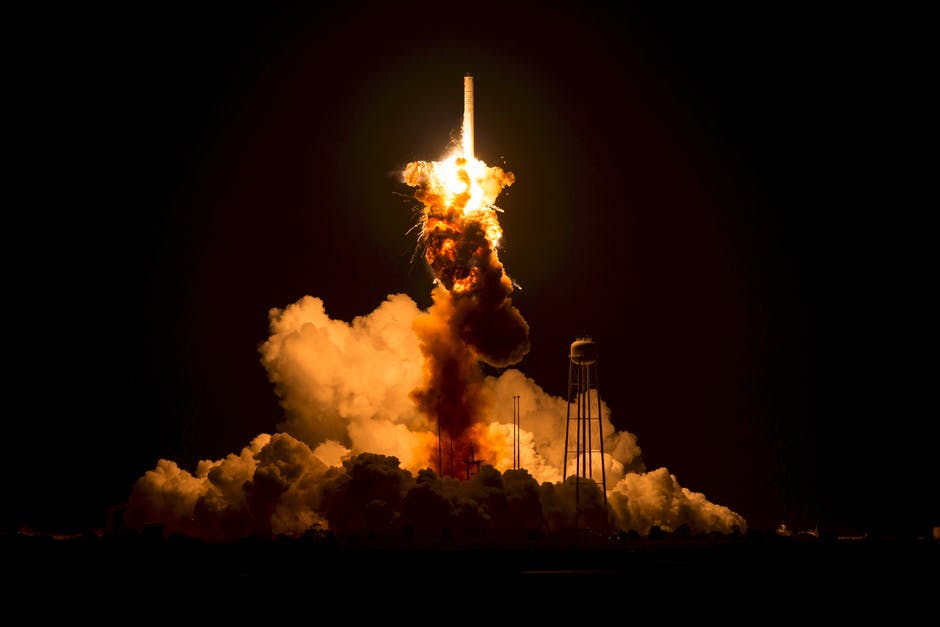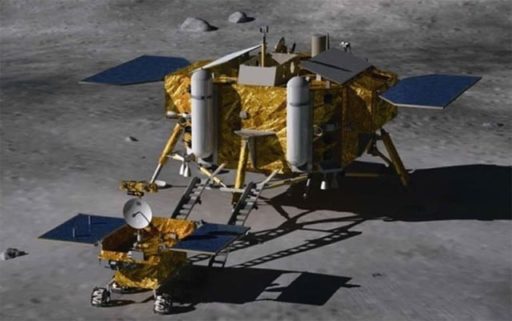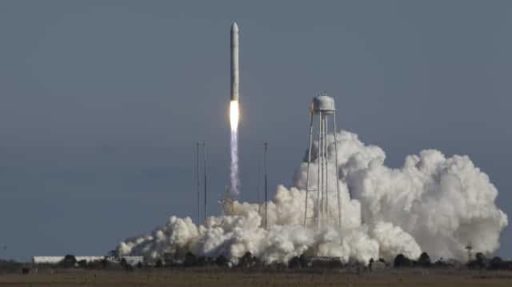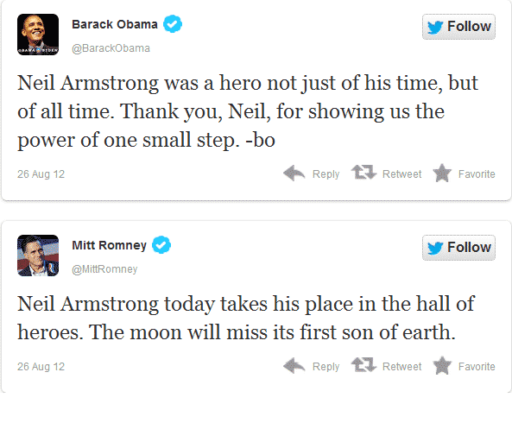Big scientists wearing white aprons and big glasses, work behind locked doors in the rocket industry! Isn’t this how you would picture Space Exploration in your head?
Think again! Young scientists from the University of California-Berkeley plans to build Eureka-1. With this spacecraft, they plan to reach the outer space by 2019.
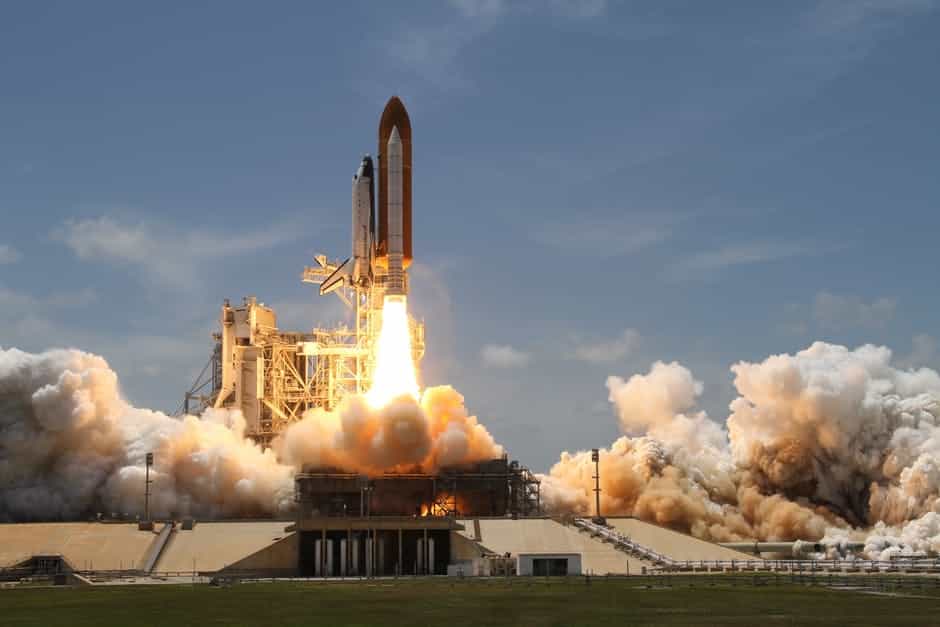
Recently we have seen both, Elon Musk and Jeff Bezos express interest in space exploration. They have already established their companies. And needless to say, they have brought fresh ideas in the industry. Reusable rockets- do you know how much money this saves? Which brings us to the topic of this blog, students building rockets.
Last year, students from the University of Southern California built a rocket that reached 44km altitude from Earth. It set the record of highest altitude reached by a rocket made by students. Now, their next project is Eureka-1.
Well, to be honest, the outer space begins at the KarMan line. It starts at the 100km frontier from the surface of Earth. And now the students have set a new challenge for them, as they like to put it-Project KARMAN.
Future Plans
Eureka-1
Now the Space Enterprise Group at the University of California-Berkeley says, they plan to launch a rocket beyond the Kraman line by July 2019. This project is planned to celebrate the 50th anniversary of Human Landing on the Moon. $150,000 is needed to build the Eureka-1 Booster. Luckily, they have already raised $30,000 through crowdfunding.
Inspiration for The Young Minds
Recent commercial developments in the area have been a major boost to their aspiration. For example, the very recent project of SpaceX is to launch roughly 4,000 low-orbit satellites to beam wifi into Earth.
The project is called ‘Starlink‘. They have already launched two demo satellites- PAZ and Tintin A and B from Vandenberg Air Force Base in California.
This idea might sound crazy as it is. But it motivates young minds to pursue their dreams, no matter how impossible it might sound.
On the other hand, Blue Origin, the rocket company of Jeff Bezos has also tested reusable rocket and space capsule. The company aims to take paying customers into space and maybe even to the moon.
Reduced Cost
The cost of Falcon 9 was alone $54 Million and it burns $200,000 worth of fuel. Which means if the rockets become reusable the only cost to flying one of the rockets will be fuel and various ground support services.
About the Eureka-1
The proposed rocket will stand 7 meters in height and have a diameter of 40cm. It will have a single liquid-propellant ‘Ascella’ engine capable of delivering 2,700 pounds of thrust. The rocket will have the capacity to carry a payload of 5 kg to an altitude of 135km.
We hope the rocket launch will be successful. Theoretically, 50% of all rocket launches are successful, and the rest half explode mid-lift off. In the year 2015, out of 86 rocket launches, only 5 were failures. That is a 5.8% failure rate. In comparison, the failure rate was 6.7% for the year 2017. (click to read the 2017 Launch Report)
But we also need to consider that these companies have expertise in the field of rocket science. Where college students stand a greater chance of failure. What we can and should celebrate are the youthful minds that may soon achieve another milestone in rocket science.


